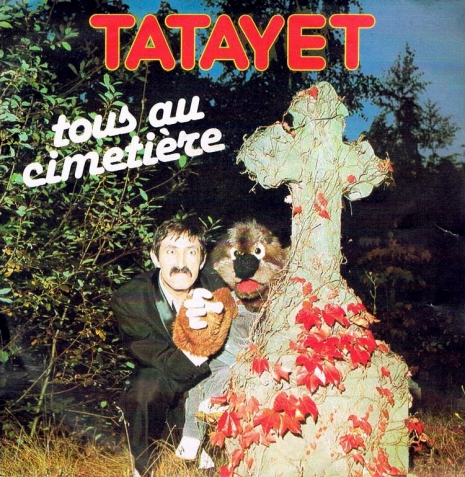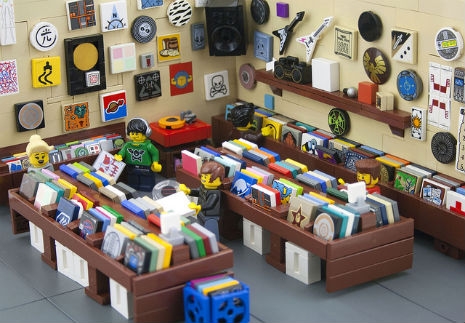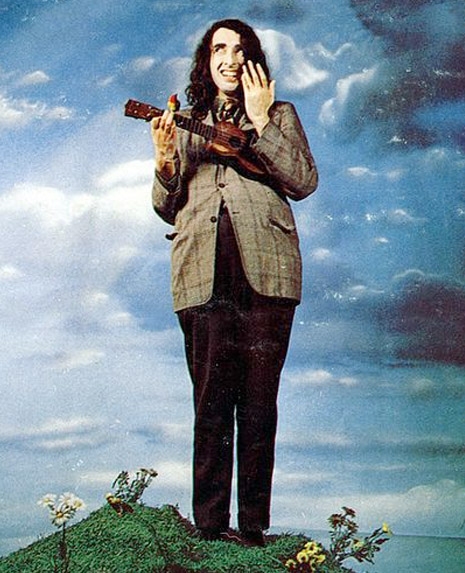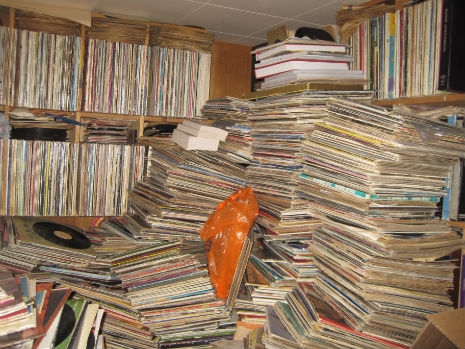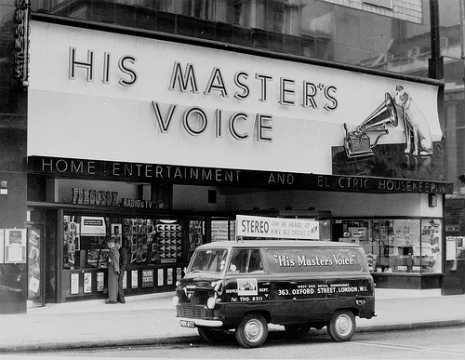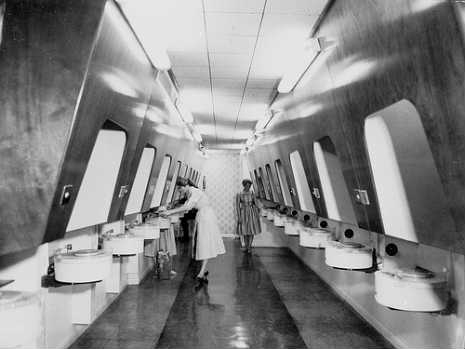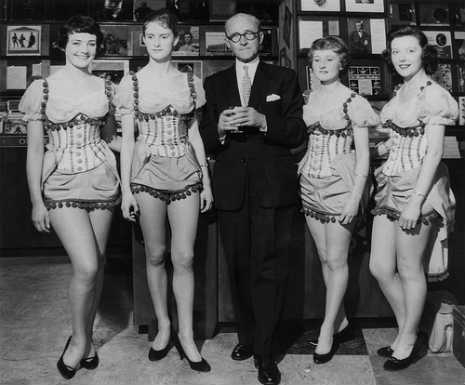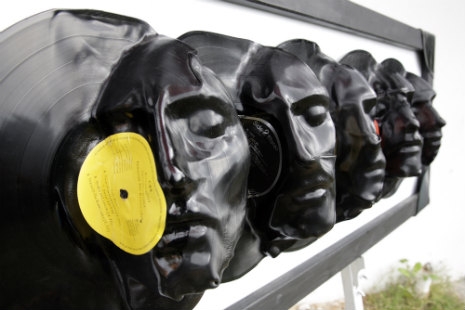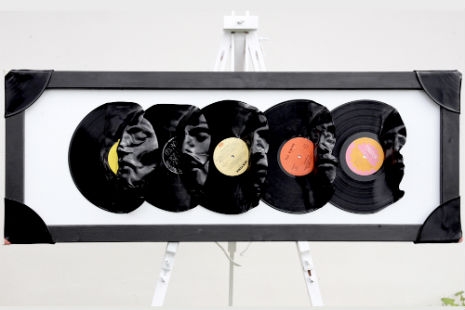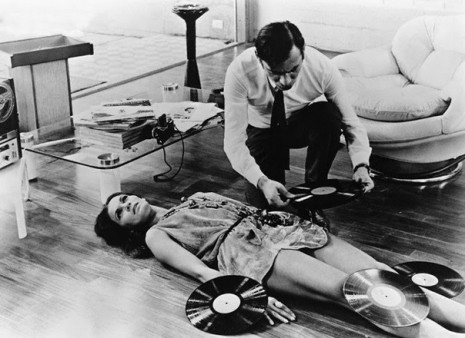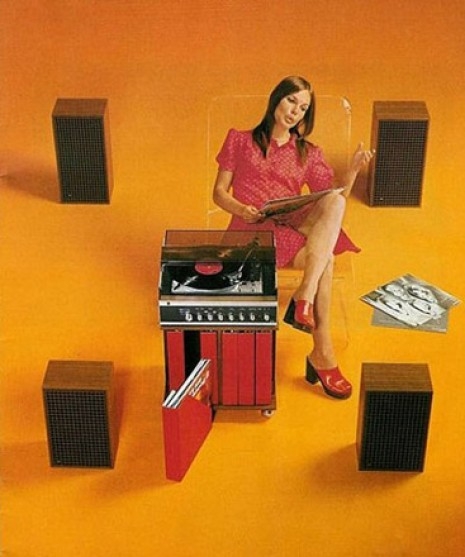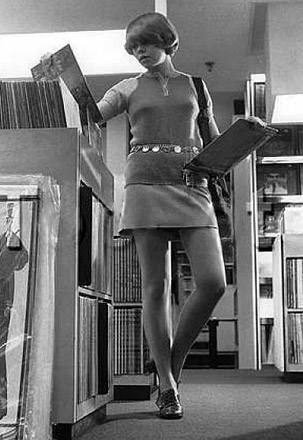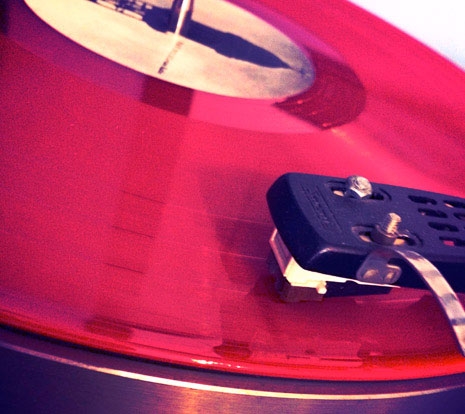
According to the always supremely informative daily almanac published by Vintage Vinyl News, today is the anniversary of RCA’s 1931 introduction of the 12” vinyl 33 1/3 record. (Also, happy birthday to Hank Williams, Fee Waybill and Guy Picciotto, but were it not for 12” records, would we have heard of those people? I say “who knows?” So let’s move on.) This gave me pause, as all of us really good dorks know that credit for the the format is typically offered to CBS/Columbia in the late 1940s, but it appears that RCA beat them to the punch by a long spell, but failed to make the format stick. Their first release on the format that would go on to define hip music geekdom for decades to come was the decidedly square but inarguably awesome Beethoven’s Fifth Symphony, which you surely know. If not, good lord, what the hell? Seriously? It’s firmly ensconced in the Western Canon for a reason. Here, treat yourself. (And while you’re listening, marvel at Beethoven’s influence over our audio formats - the CD was famously constructed to contain his 9th Symphony, uninterrupted.)
Here, in an informative article credited to the widely respected (and sadly now deceased) British sound archivist Peter Copeland on the MASSIVELY out of date History Of Rock web site (last updated in 2009, last redesigned, perhaps, in 1997), the history of record sizes, materials and rotation speeds is discussed, and it’s less dull than you’re imagining.
The 33, a.k.a. the “LP” (Long Playing record) or “album” ... was invented in 1948. These LPs were popular until around 1990 when CDs were popular enough to take over. An LP could hold up to a total of 60 minutes of music, but most didn’t have more than 40 minutes. They are made of vinyl plastic rather than shellac, so they are more flexible and don’t tend to break like 78s. The grooves are 4 times smaller, so they were originally called “Microgrooves” (MG), and early LPs have this written on the label.
Interestingly enough, there are enough people still willing to buy “classic” albums, particularly jazz and blues, that some of the labels in those styles, like Blue Note records, Original Jazz Classics (a.k.a. Prestige, Riverside, Contemporary, New Jazz, etc) and Delmark Records are once again pressing and selling LPs for about $9 - 13 through mail order. LPs of some newer releases are available, in very limited quantities. [Obviously this predates the format’s revival - RK]
Records of 33 1/3 rpm were developed in conjunction with films. A 12-inch 78 with Berliner-type grooves could hold between 4 and 5 minutes per side. The first practical sound films produced in the US in the late 1920s had their sound on separate disc records and it was more important for the sound to be continuous. A reel of film might run for 11 minutes, so a rotational speed of about 32 rpm was required to make the sound match the picture. History doesn’t tell us why precisely 33 1/3 was chosen, but in retrospect it was a very good choice because stroboscopic speed testers can be made for this speed which will work on both sides of the Atlantic.
And that, kids, is why we can buy fake collectibles on Record Store Day. Ain’t history a gas? And speaking of history, enjoy this wonderful 1956 documentary on how records are made. Don’t let the film’s vintage throw you, the technology has hardly changed a bit.
